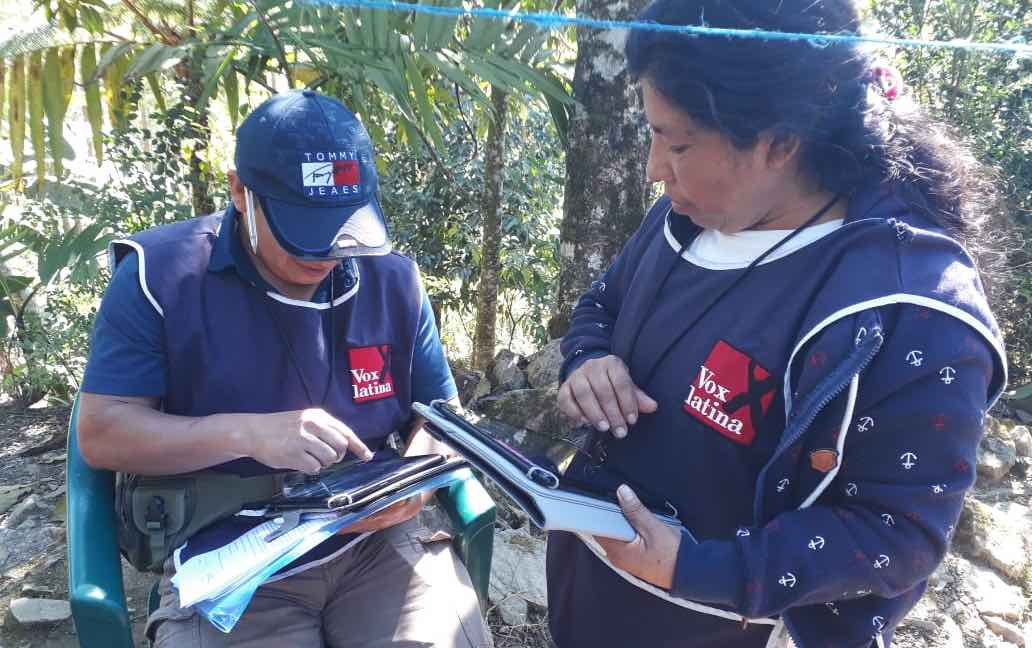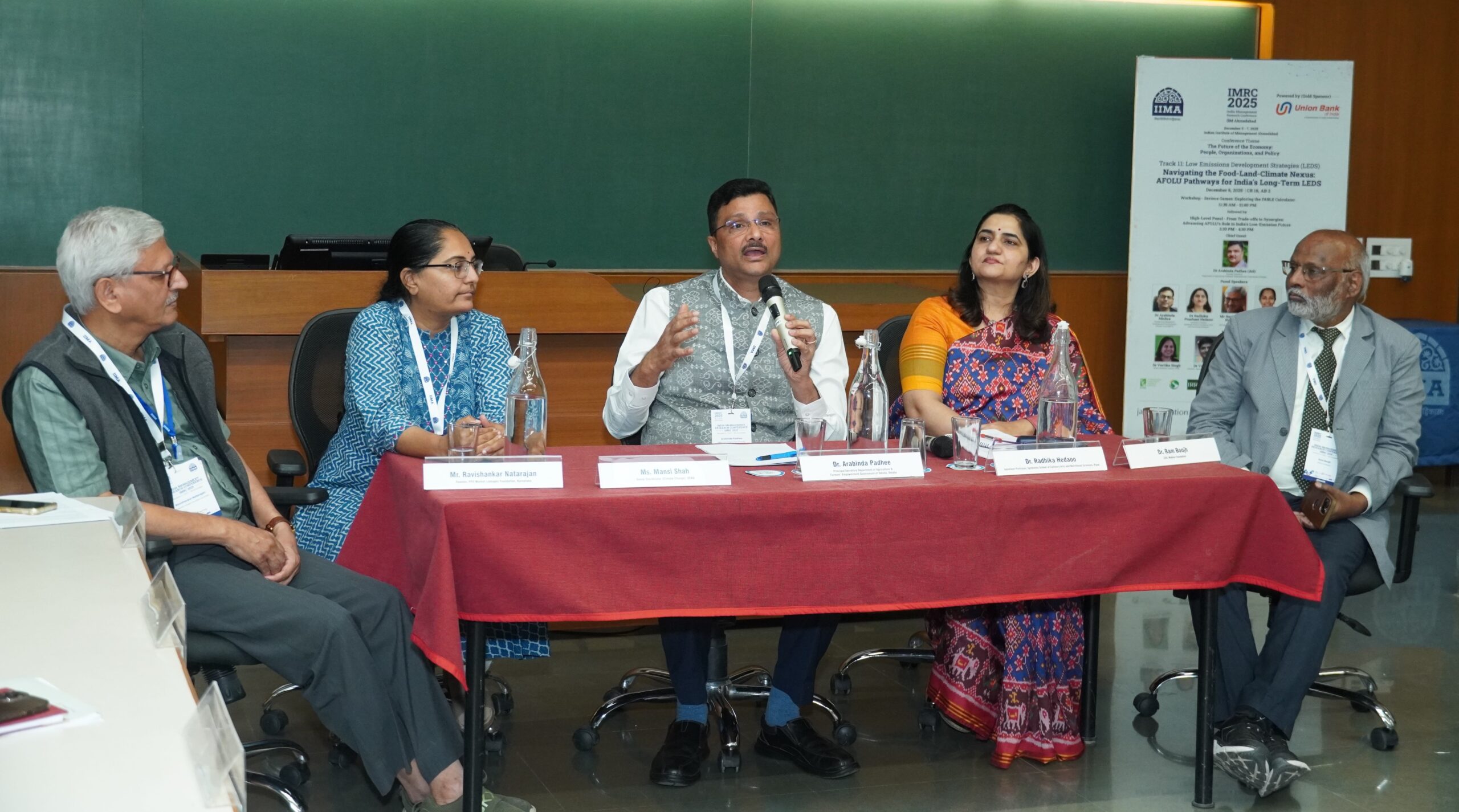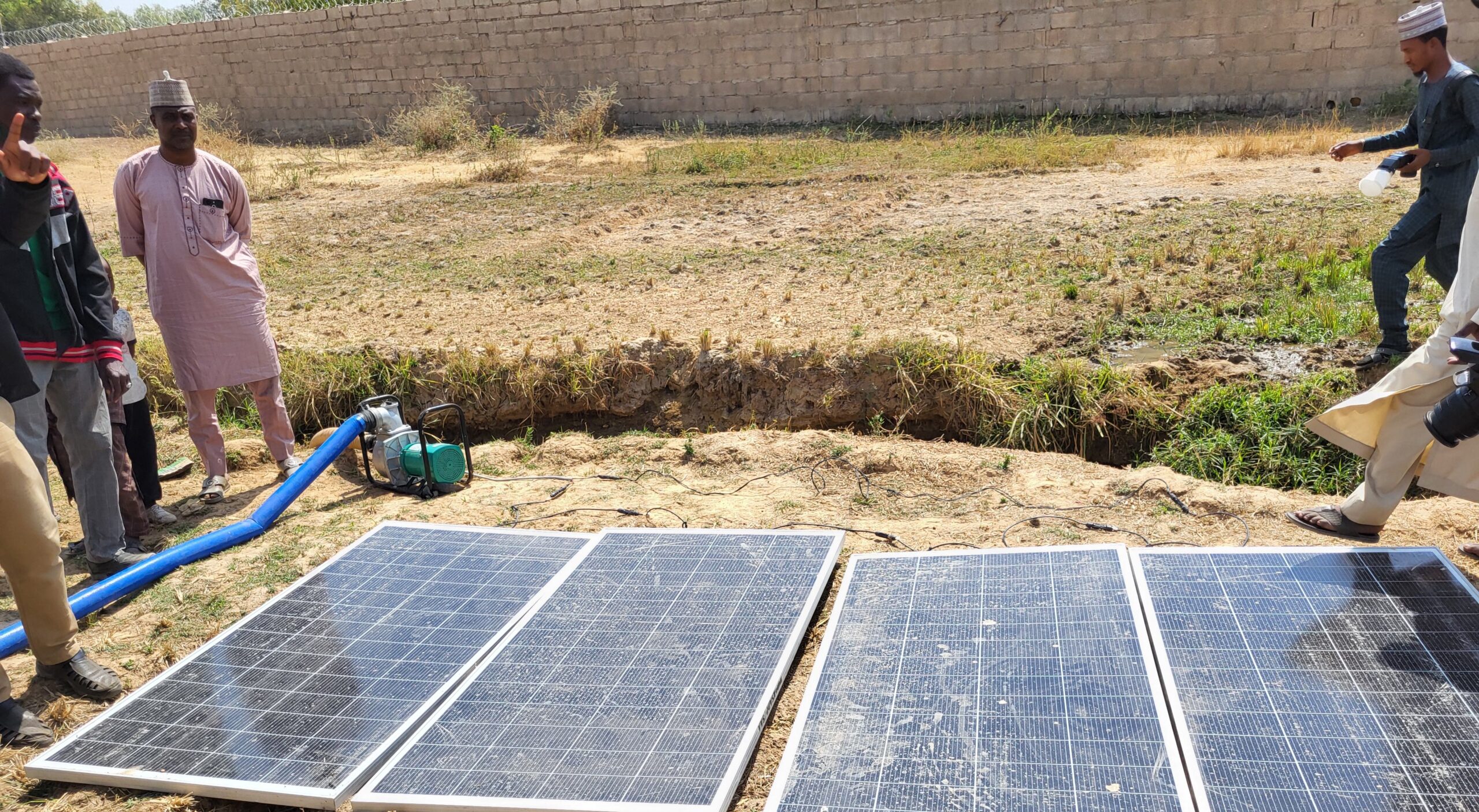The global commitment to reaching Sustainable Development Goal (SDG) 5, achieving gender equality and empowering all women and girls, is only growing stronger. For instance, there has been tremendous growth in the number of metrics assessing women’s empowerment since 2010 (Quisumbing et al., 2023). But none of these metrics are concise enough nor applicable across a sufficiently wide range of contexts to be incorporated into nationally representative and multi-topic surveys, which would allow researchers and policymakers to more easily collect data on women’s empowerment to compare progress towards SDG5. This is poised to change with the release of the new Women’s Empowerment Metric for National Statistical Systems (WEMNS) tool, launched September 20-21 at the UN Food and Agriculture Organization (FAO) headquarters in Rome.
At the launch event, IFPRI Senior Research Fellow Agnes Quisumbing described the consultative and iterative process behind the development of WEMNS, and Research Fellows Jessica Heckert and Greg Seymour presented the counting-based measure itself.
This streamlined tool was developed specifically for inclusion in existing large-scale, multi-topic surveys administered by national statistical systems. IFPRI, Emory University, Oxford University, and the World Bank’s Living Standards Measurement Study Unit developed WEMNS as an empowerment module for the 50×2030 Initiative, which aims to build capacity and close the agricultural data gap in 50 countries by 2030. It is implemented through a partnership of the International Fund for Agricultural Development (IFAD), FAO, and the World Bank.
“Women’s empowerment has been chosen [by 50×2030 for] its relevance for the ethical bearing that it has, and of course, for the potential for economic development,” said FAO Statistician Chiara Brunelli, speaking on behalf of the initiative. “We know that women play a key role in agricultural transformation, but at the same time, they also face limitations in the way they can contribute to the households and to the community.”
WEMNS can potentially be included in other multi-topic surveys, and the tool was designed with this complementary goal in mind. Widespread uptake of WEMNS will allow countries and other users to generate meaningful and comparable data and to track progress toward SDG5.
What does WEMNS measure?
WEMNS has 12 indicators mapped to one of four domains: Intrinsic agency, instrumental agency, collective agency, and agency-enabling resources (Table 1). WEMNS is calculated using a counting-based methodology: Respondents are first identified to be either adequate or inadequate in each indicator with respect to a specified threshold, and then they are identified as empowered or disempowered based on the number of indicators in which they achieve adequacy. The exact number of indicators required to be considered “empowered” will be determined once WEMNS has been piloted at scale. Aggregation of indicators in WEMNS is simple: Each of the four domains are equally weighted, and within those domains, each indicator is equally weighted. However, because women’s experience of empowerment—and their critical consciousness related to four of the indicators—is very different from men’s, only eight of the 12 indicators are used to calculate men’s empowerment. An advantage of WEMNS is its decomposability, allowing researchers and policymakers to see to what extent each indicator contributes to disempowerment.
Table 1
How was WEMNS developed?
To develop WEMNS, we consulted key stakeholders for their input. Proposed survey items were then cognitively tested in Nepal, Bangladesh, and Malawi. The questionnaire was then piloted in phone surveys, with two waves in Nepal, Bangladesh, and Malawi, and one wave in Guatemala. One wave of a face-to-face survey was implemented in all four countries (more details about this process are available in an earlier blog post). After data collection, prospective indicators underwent a rigorous validation process, including psychometric analysis. We also sought feedback and insights from our implementing partners.
What did we learn from developing and piloting WEMNS?
At the launch event, a panel of in-country partners discussed their experiences in implementing the WEMNS questionnaire and its potential applications.
Sudhindra Sharma, Inter Disciplinary Analysts (IDA), who piloted WEMNS in Nepal, noted that preexisting empowerment metrics were simply too time consuming to implement in rural settings. Fortunately, WEMNS takes only 15-22 minutes to implement, depending on the country. Sharma credited the combination of cognitive testing, multiple rounds of phone surveys, and the face-to-face survey with WEMNS’ clear focus that enables it to be collected relatively quickly. In short, investing a lot of time upfront into developing WEMNS will pay off later.
Md. Zahidul Hassan, Data Analysis and Technical Assistance (DATA) Limited, who piloted WEMNS in Bangladesh, noted that WEMNS requires specialized training, given its unique focus on empowerment. With that, WEMNS “is really adding value to national statistic level surveys,” he noted.
Shelton Kanyanda of the National Statistical Office of Malawi noted that translations and back translations are key to the success of a tool like WEMNS. While the cognitive testing helped with revising survey questions, translating the questionnaire into local languages and then back translating it again helped ensure the questions were being asked as intended.
Regina Valiente, representing the Presidential Secretariat for Women in Guatemala, explained how a tool like WEMNS can be used in the Guatemalan context. WEMNS meets the need for metrics to measure national and regional women’s empowerment goals, she said, noting that Guatemala has high levels of violence against women, and women’s empowerment is key to mitigating such problems. Thus, WEMNS could become a big part of monitoring progress towards gender equality in Guatemala, she said.
What is next for WEMNS?
Chiara Kovarik of the Bill & Melinda Gates Foundation noted in her closing remarks: “A tool like [WEMNS] really needs to not only measure the right aspects of women's empowerment … [It needs to] capture the dynamism of women's lives and [be] responsive to existing frameworks like the Sustainable Development Goals (SDGs) and Comprehensive Africa Agriculture Development Programme (CAADP). But it also needs to do so in a way that isn't so cumbersome that countries won't sign up for it, or field teams can't collect it. And I think … this draft tool really is striking the right balance.”
WEMNS is still in its pilot version, meaning that we expect some changes will be made as the tool is integrated into nationally representative surveys in the next phase of development. Uptake by additional countries and integration into nationally representative surveys will be an important part of the process to improve it to better meet the needs of the 50x2030 Initiative and to fill the gender and agriculture data gaps. As Quisumbing noted, she is thrilled to have this tool out for use. “Find a way to use it and improve it!” she said.
Finally, IFPRI plans to release an online course via the Food Security Portal that will offer instructions on how to administer the WEMNS tool, construct its indicators, and interpret the findings. IFPRI will provide more intensive technical support for an initial cohort of 50x2030 countries that will be adopting WEMNS in 2024.
Note: The team developing WEMNS includes the following collaborators. IFPRI: Simone Faas, Jessica Heckert, Hazel Malapit, Ruth Meinzen-Dick, Emily Myers, Flor Paz, Agnes Quisumbing, and Greg Seymour. Emory University: Yuk Fai Cheong, Erin Johnson, Sheela Sinharoy, and Kathryn Yount. World Bank: Wilbert Vundru Drazi, Talip Kilic, and Heather Moylan. Oxford University: Cheryl Doss. Malawi NSO: Shelton Kanyanda. Data Analysis and Technical Assistance (DATA) Limited: Md. Zahid Hassan, Md. Imrul Hassan. Vox Latina, Guatemala: Monica Dardón. Interdisciplinary Analysts. Nepal: Pankaj Pokhrel, Sudhindra Sharma.
This work is supported by the Bill & Melinda Gates Foundation, the U.S. Agency for International Development (USAID), and the IFPRI-led CGIAR Research Program on Agriculture for Nutrition and Health (A4NH).







